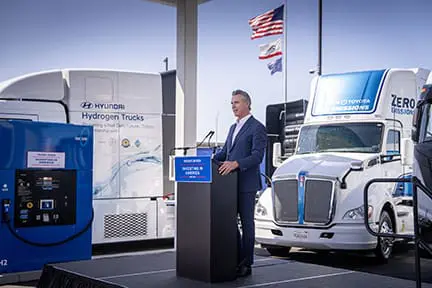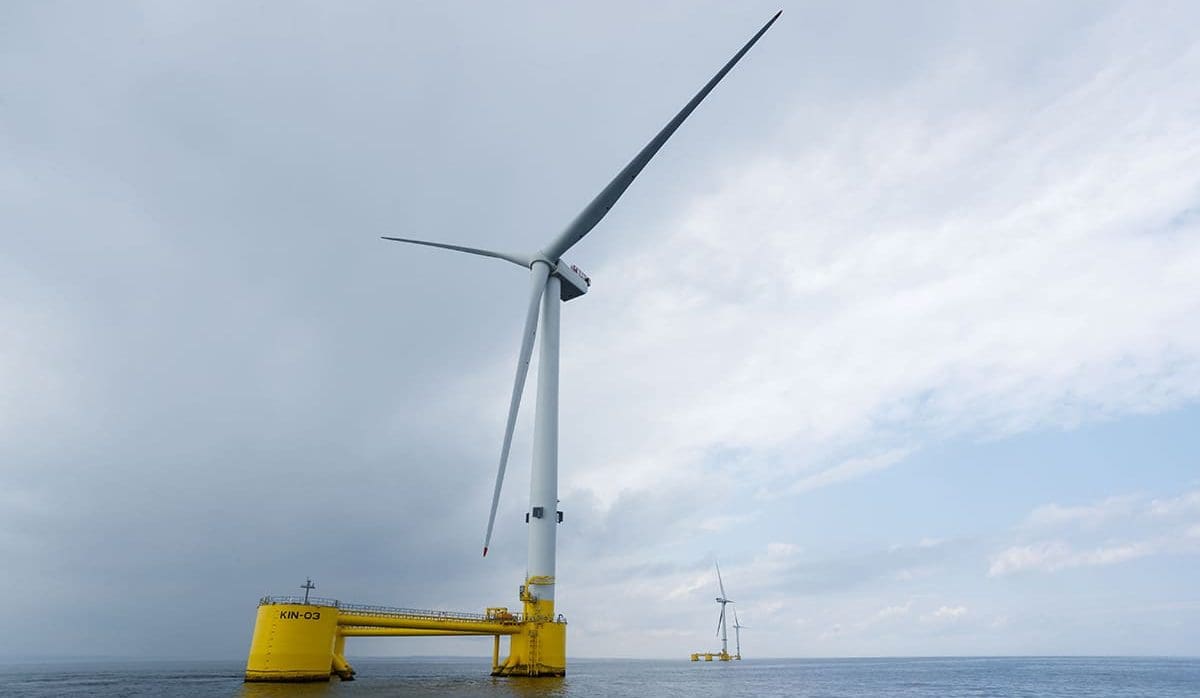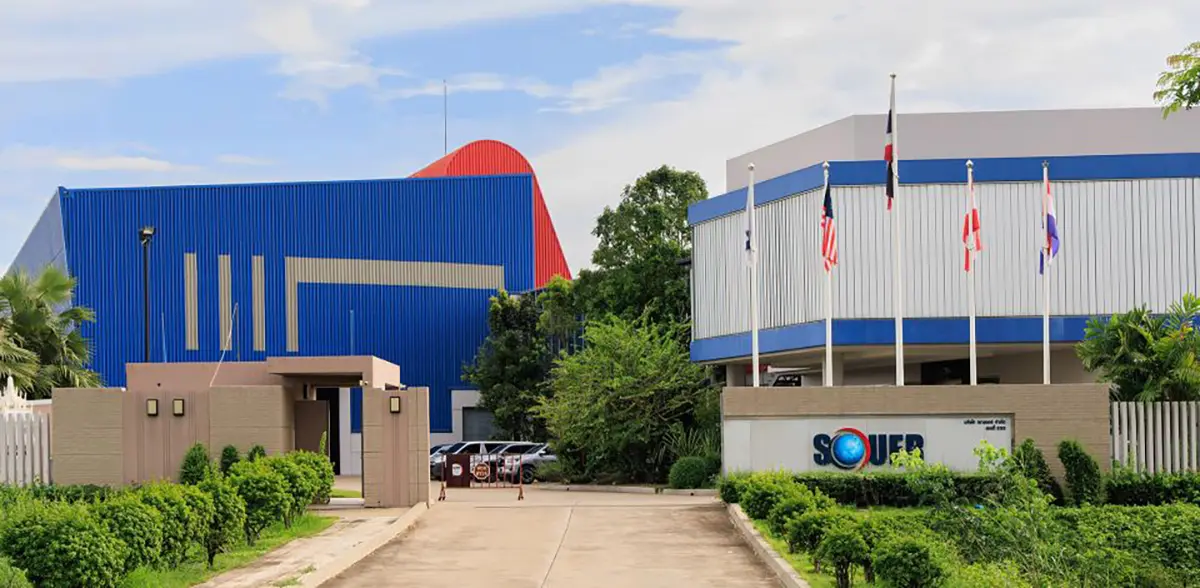
California Launches America’s First Hydrogen Hub

California officially became the first state in America to launch a clean, renewable hydrogen hub. California Governor Gavin Newsom, Undersecretary of Energy David Crane, and California Senator Alex Padilla, along with other local, state, and federal leaders, gathered in Oakland to celebrate the landmark commitment to build and expand clean energy in California.
California has a novel approach for its hydrogen hub, creating a coalition of more than 400 partners. Furthering the state’s hydrogen hub investments, the Biden-Harris administration awarded California US$12 million for three hydrogen projects across the state.
“Clean hydrogen is the ‘Swiss Army Knife’ of energy technologies and a solution to decarbonizing the industries we cannot live without,” said US Secretary of Energy Jennifer M. Granholm. “President Biden and Vice President Harris have developed a modern, industrial strategy to build a clean hydrogen industry here at home—with California and the ARCHES Hydrogen Hub leading the way.”
Newson, Crane, Padilla, and others traveled in the world’s first hydrogen-powered passenger ferry, the AC Transit, and on SamTrans hydrogen fuel cell electric buses to the True Zero Hydrogen Fuel Station, which can support 200 semi-trucks.

This past summer, the US Department of Energy (DOE) and the Alliance for Renewable Clean Hydrogen Energy Systems (ARCHES) announced the official signing of a US$12.6 billion agreement to build a hydrogen hub in California (see Hydrogen Report: DOE Inks Support For California’s Hydrogen Hub,” September 2024 Gas Compression Magazine, p.36). The plan includes up to US$1.2 billion in federal funding that was announced last year when California was selected as a national hub (see “Hydrogen Report: Seven For Seven,” December 2023 Gas Compression Magazine, p. 34). ARCHES is the first of seven hydrogen hubs throughout the country to officially sign an agreement with the DOE. California submitted its application to build a hydrogen hub in April 2023 through ARCHES.
The ARCHES hub will facilitate a network of clean, renewable hydrogen production sites to cut fossil fuel use throughout California, with the ultimate goal of decarbonizing public transporting, heavy duty trucking, and port operators by 2 MTPA, which is roughly the equivalent to annual emissions of 445,000 gasoline-fueled cars (see “CDI Presents: Hydrogen Report: California Hydrogen economy To Create 220,000 Jobs By 2030,” May 2024 Gas Compression Magazine, p. 20).
“California has led the nation with ambitious, innovative goals to combat the climate crisis, and today, we’re showcasing the promise of California’s renewable hydrogen-powered future,” said Senator Padilla. “From the ports, to our state’s population centers, to our rural communities, ARCHES will catalyze the clean hydrogen economy in California. I’m glad to have partnered with the Biden-Harris Administration to secure over US$1 billion for ARCHES as we take a major step toward achieving our state’s ambitious carbon neutrality goals.”
“Today’s launch marks a transformative moment for California’s clean energy future,” said Angelina Galiteva, chief executive officer of ARCHES. “ARCHES is excited and honored to accelerate California’s hydrogen journey, driving innovative projects that will not only establish a thriving clean hydrogen ecosystem but also enable us to decarbonize all sectors of the economy while creating lasting economic, air quality, and environmental benefits for all Californians.”
According to the California Governor’s Office of Business and Economic Development (GO-BIZ), California’s hydrogen hub will cut up to 2 million tonnes of carbon emissions every year, which is the equivalent to the pollution of 445,000 gasoline-powered cars annually. It will also create an estimated 220,000 new jobs, including 90,000 permanent jobs. GO-BIZ expects the hub to generate US$2.95 billion in economic value per year due to improved health and cost savings. At least 40% of the benefits from the projects will flow to disadvantaged communities through community directed investments, workforce training, and family supporting jobs.
It’s no surprise that California was the first state to get its hydrogen hub in motion. California released the world’s first plan to achieve net-zero carbon pollution, which will utilize hydrogen to cut pollution and ramp up clean energy. Governor Newsom directed GO-Biz to develop California’s Hydrogen Market Development Strategy, employing an all-of-government approach to building up California’s clean, renewable hydrogen market.
California’s main points of decarbonization are three large ports with over 200 pieces of cargo-handling equipment, the implementation of over 5000 fuel-cell electric trucks, over 1000 fuel-cell electric buses, one marine vessel, turbines and stationary fuel cells, and the development of infrastructure for hydrogen transport and use, including 60-heavy-duty fueling stations and 165 miles (266 km) of open-access pipelines.









